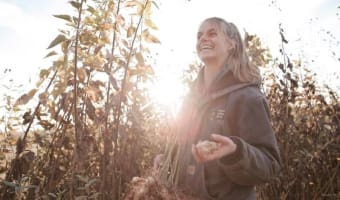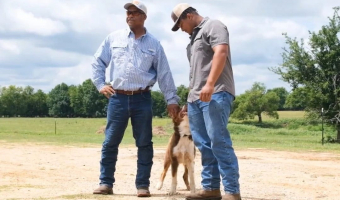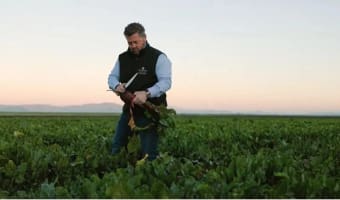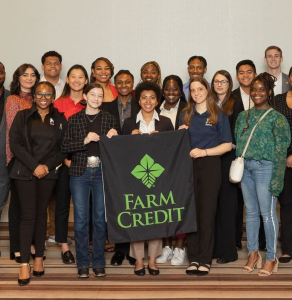Supporting rural communities and agriculture with reliable, consistent credit and financial services
Farm Credit helps U.S. agricultural producers feed the world, rural businesses grow and rural families thrive.
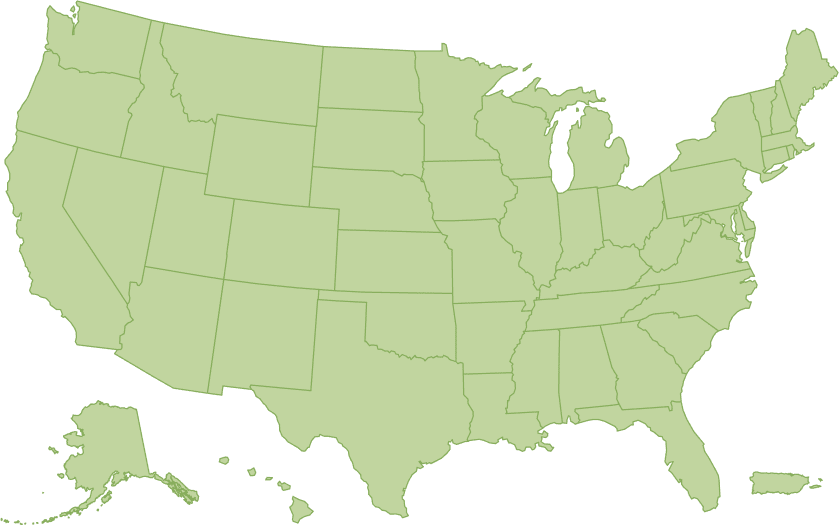
Who We Are
Farm Credit is a nationwide network of customer-owned cooperatives. We support 600,000+ farmers, ranchers, farmer co-ops, agribusinesses, rural infrastructure providers and rural homebuyers in all 50 states and Puerto Rico. Explore local stories and hear the voices behind our important mission.
Our 600,000+ customer-owners are at the heart of everything we do
We serve all of agriculture, from the smallest operations to the largest – and everything in between. While our customers are different, they share a common theme: Farm Credit’s support helps them thrive and grow.
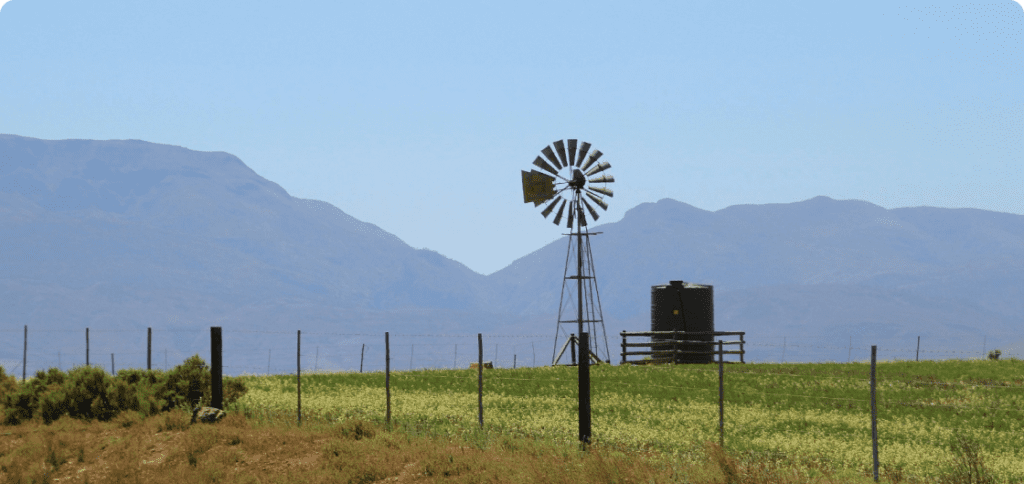
The Latest News From Farm Credit

- Blog
Farm Credit supports the Next Generation in Ag Supporting the next generation entering the field of agriculture is a vital part of Farm Credit’s mission. Through long-standing partnerships with organizations...
Take action for rural communities and agriculture
Your voice matters to lawmakers. Help us stand up on behalf of America’s farmers and ranchers.
